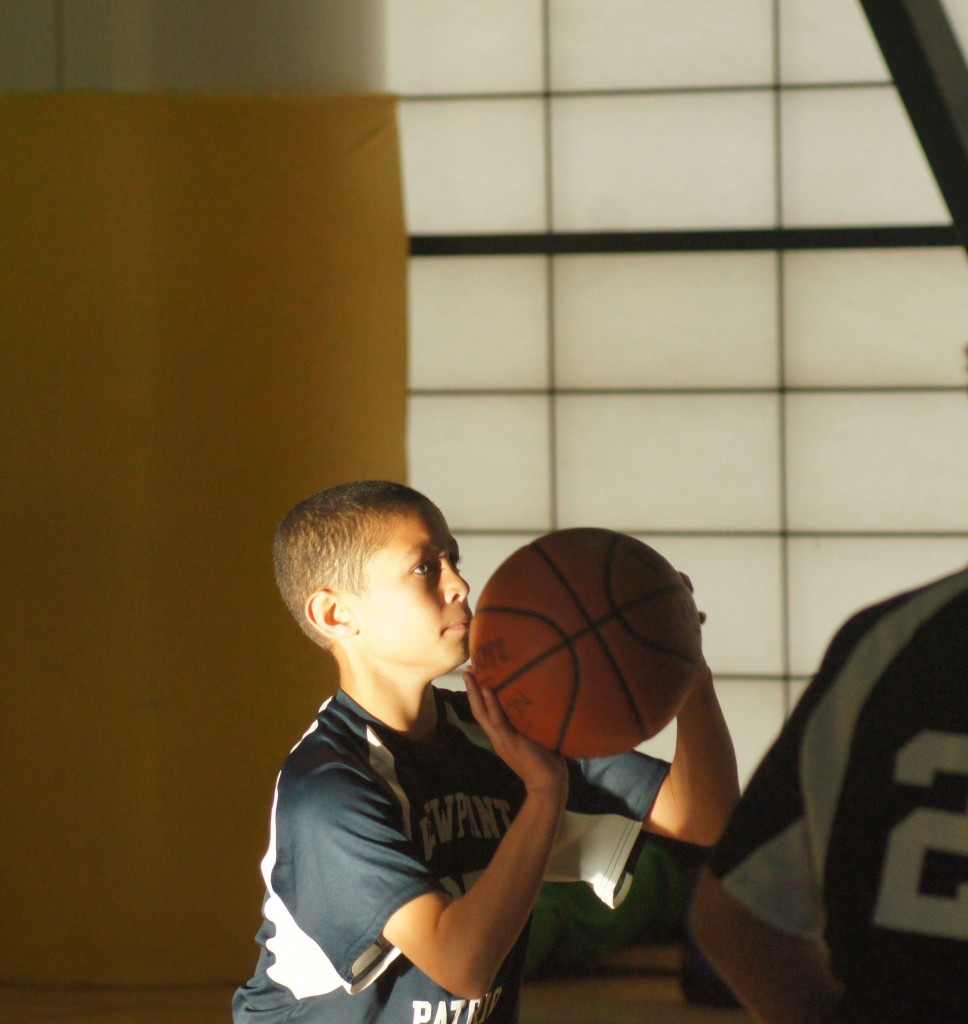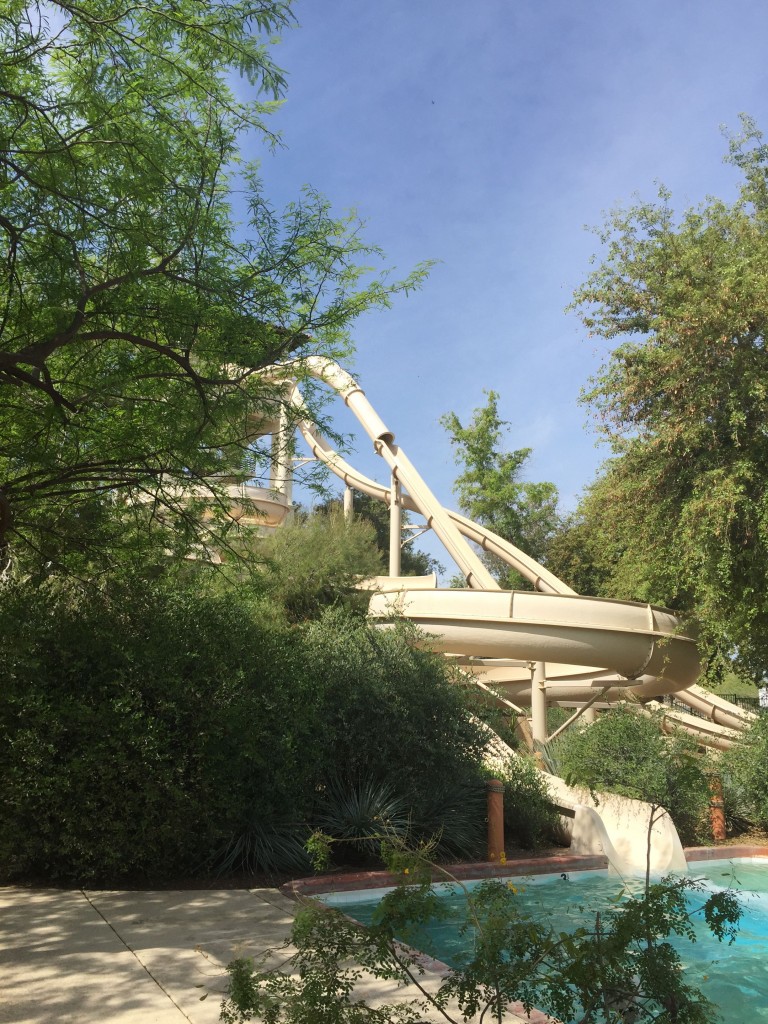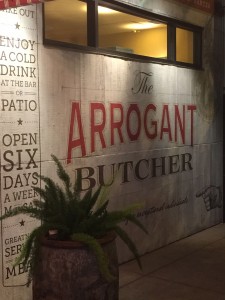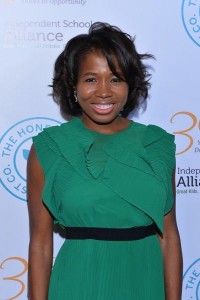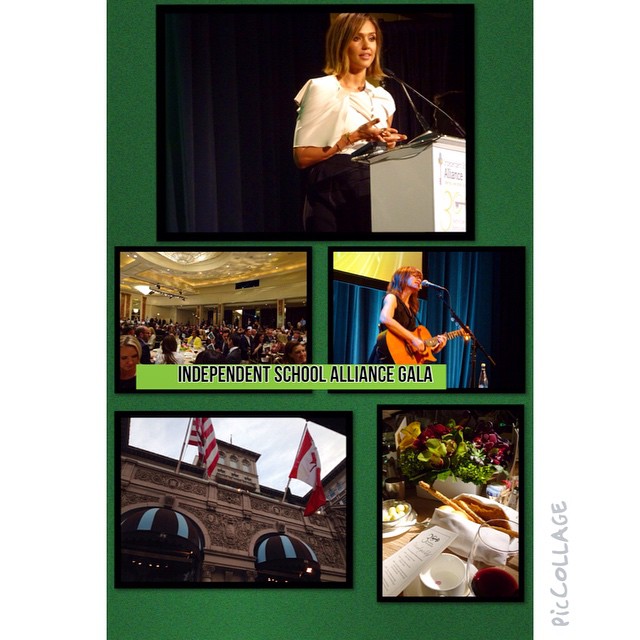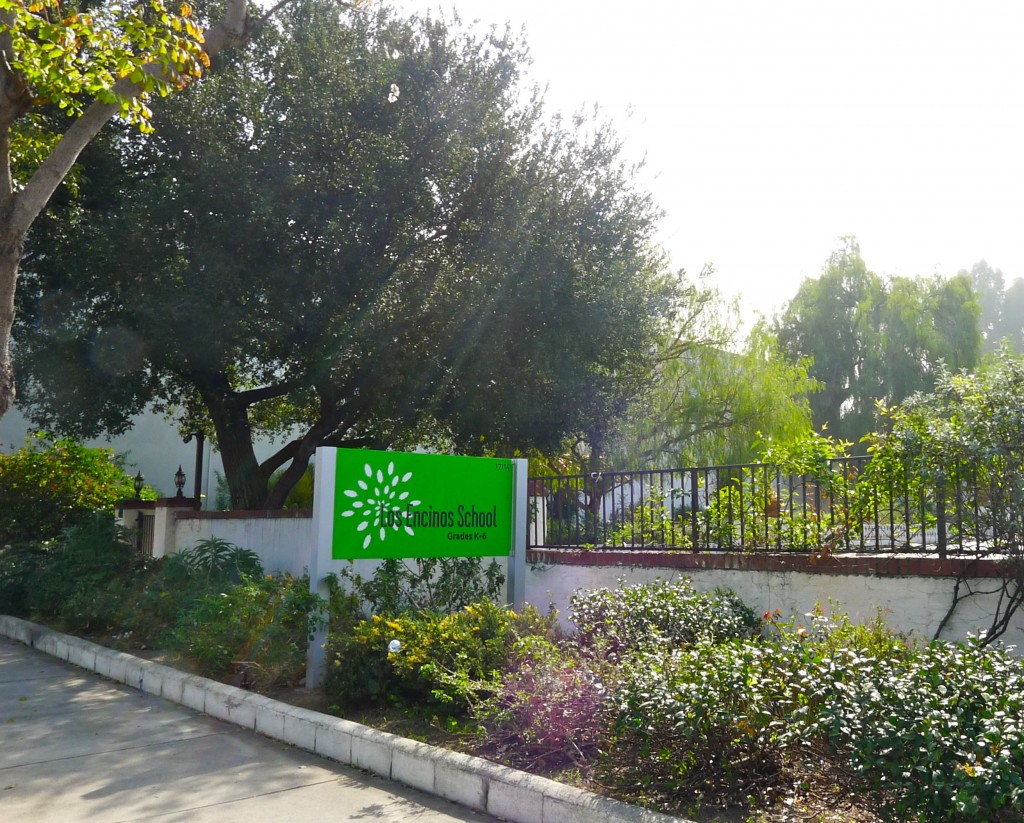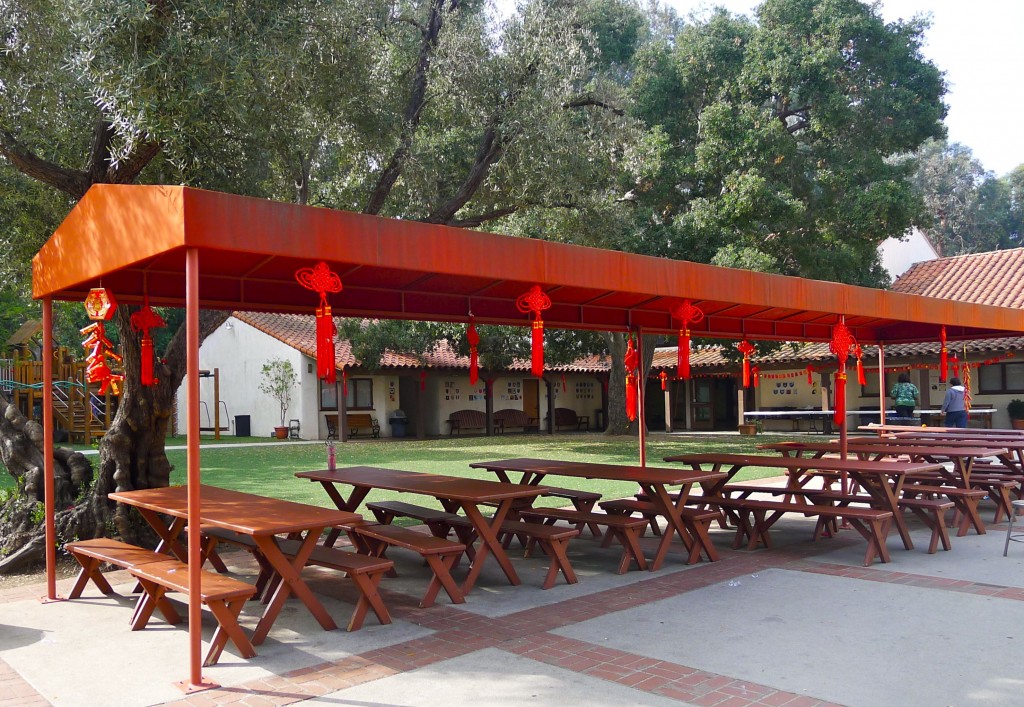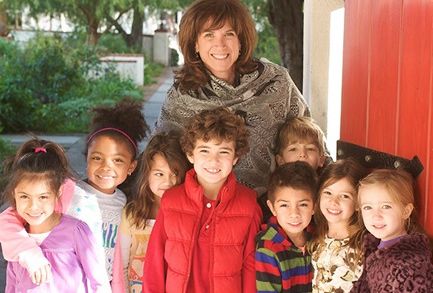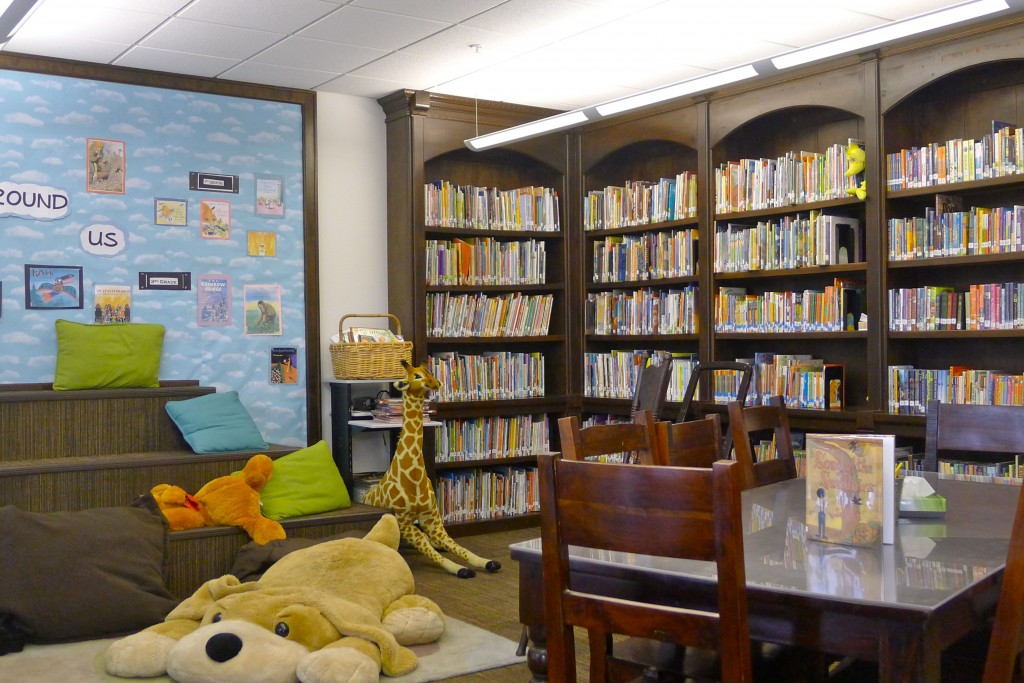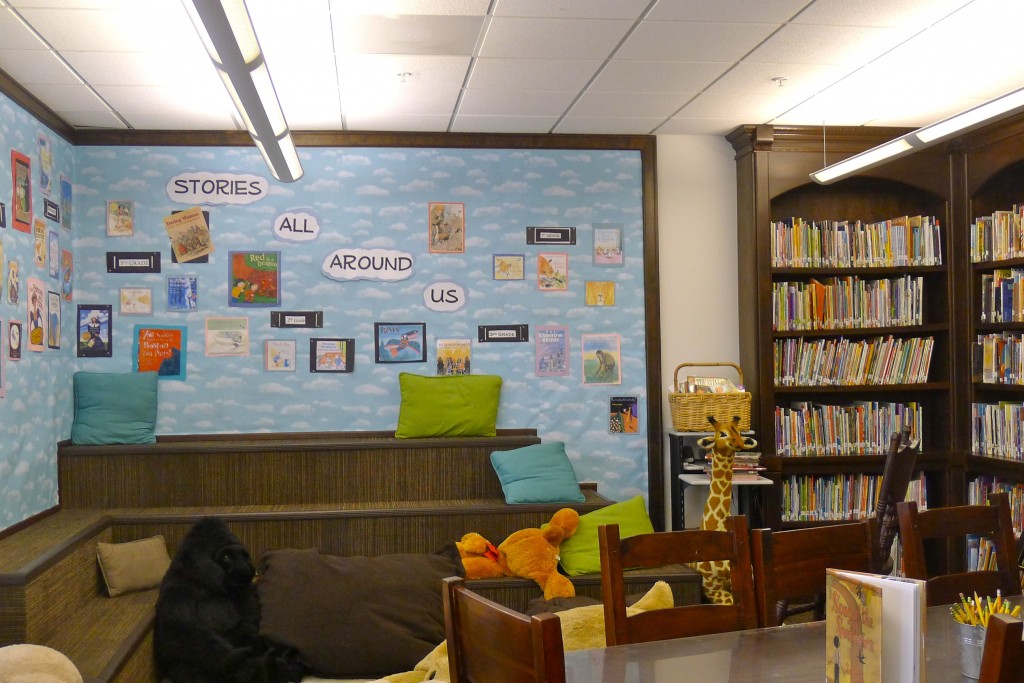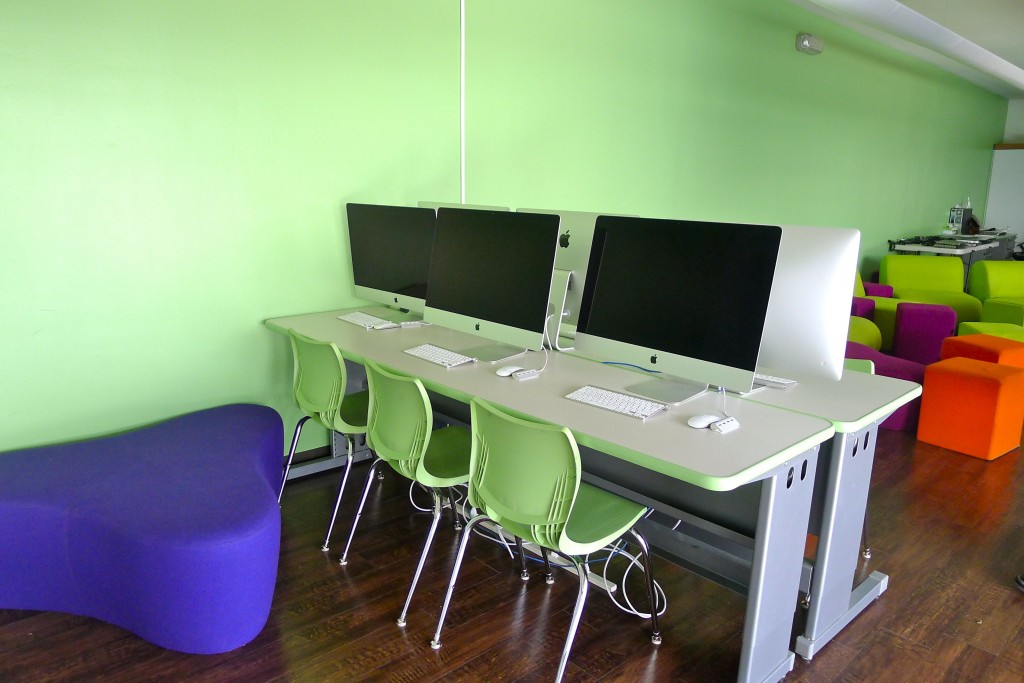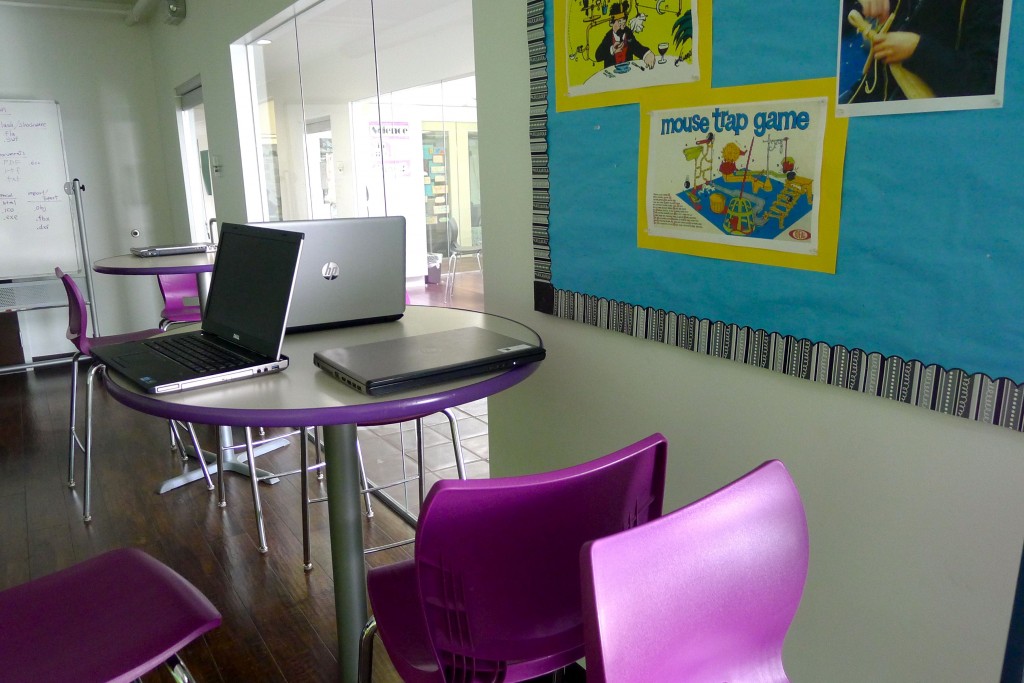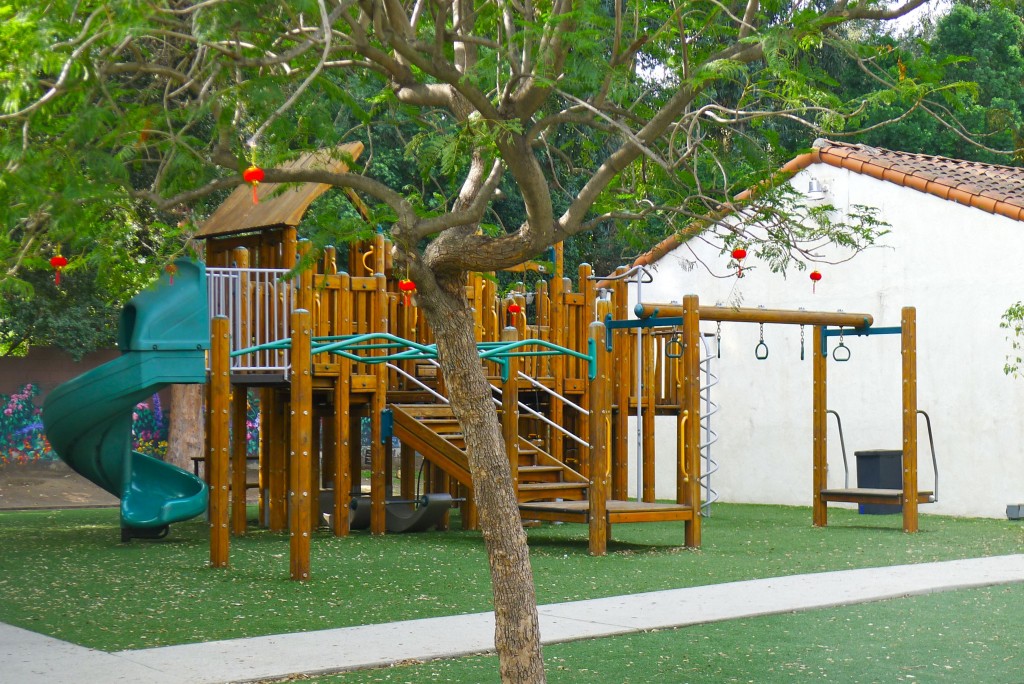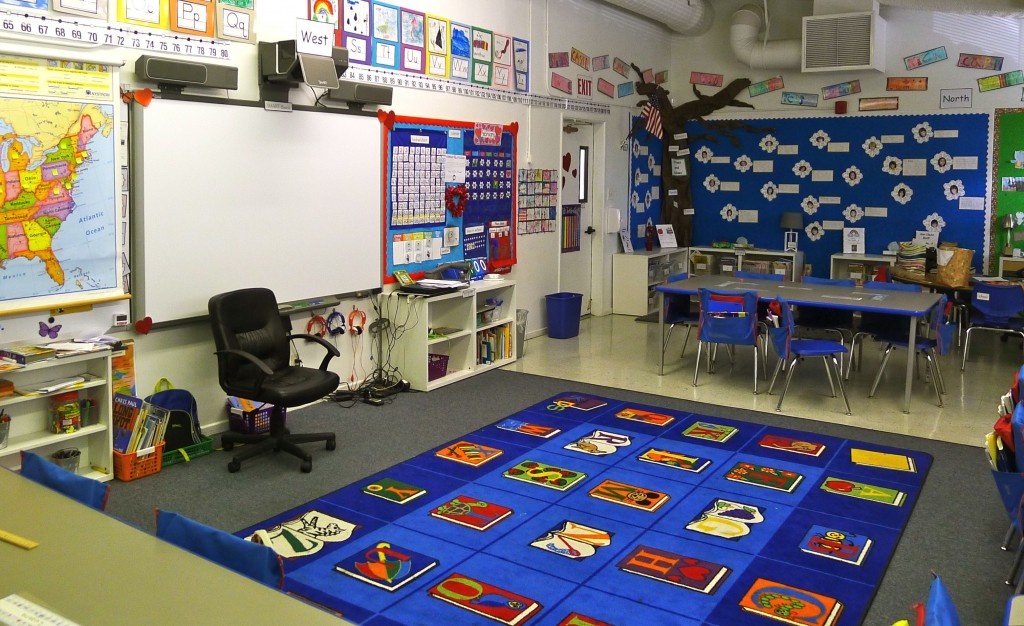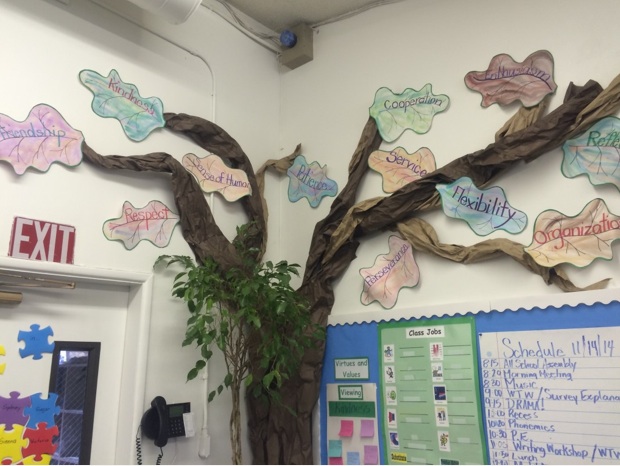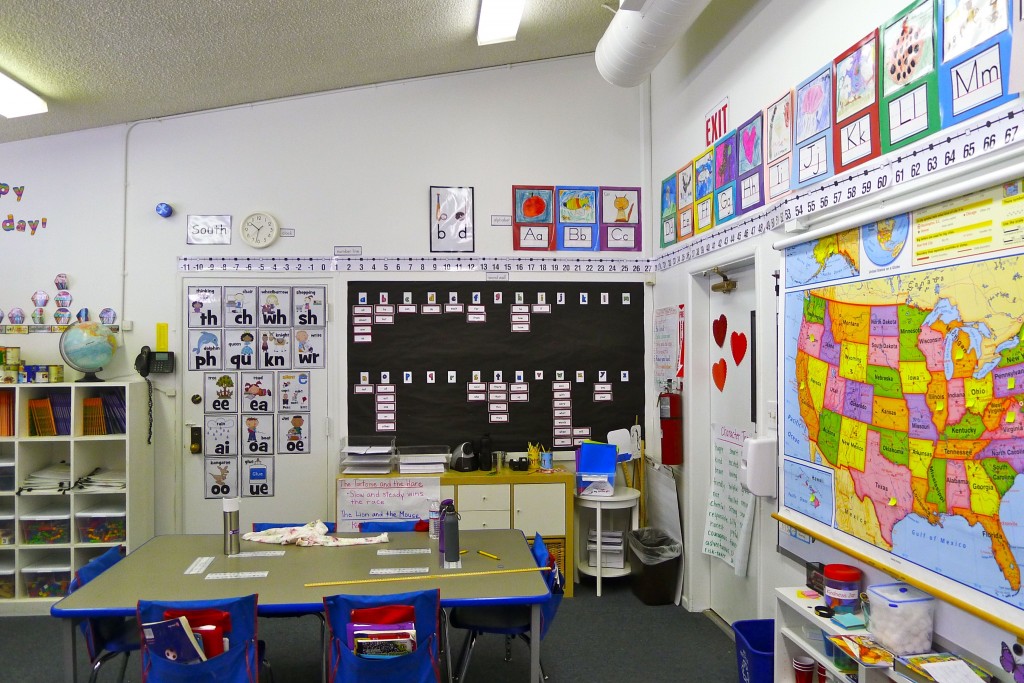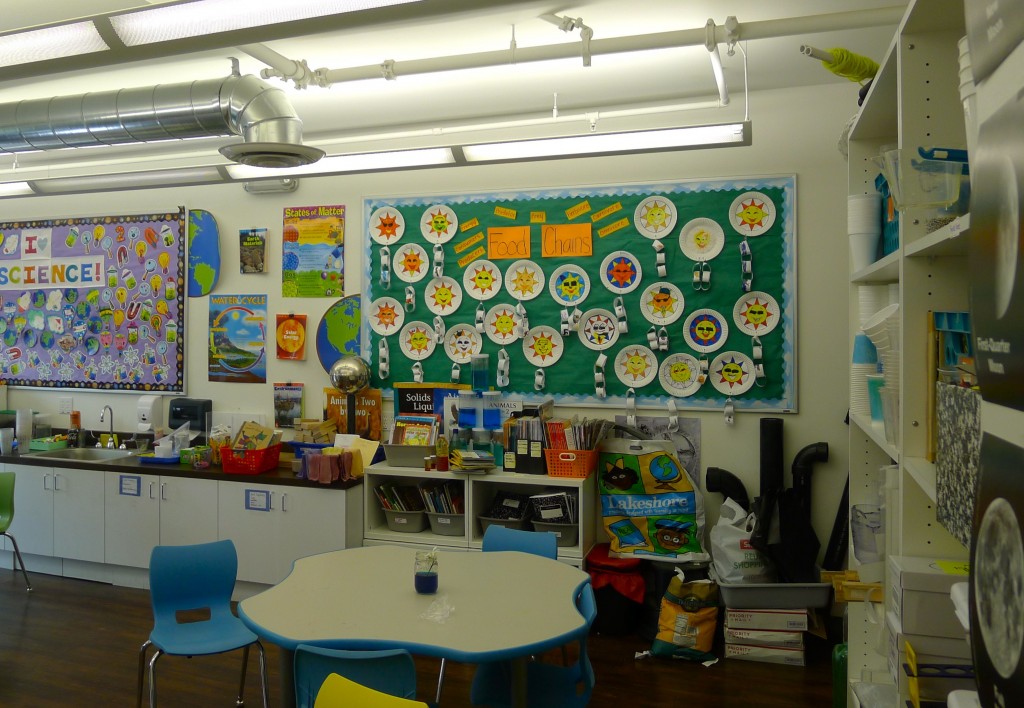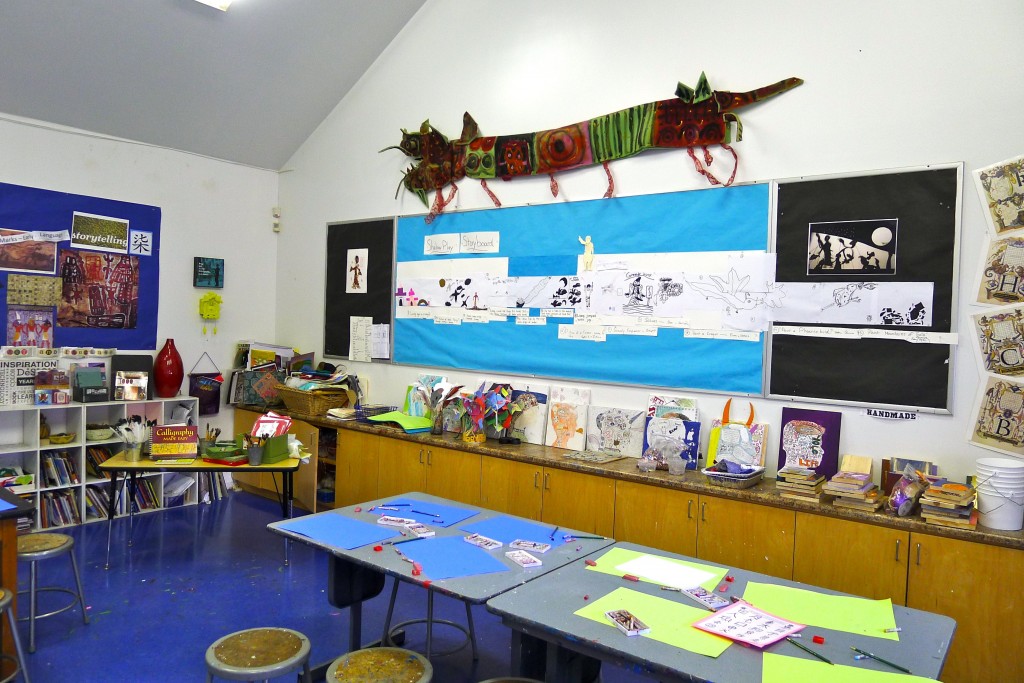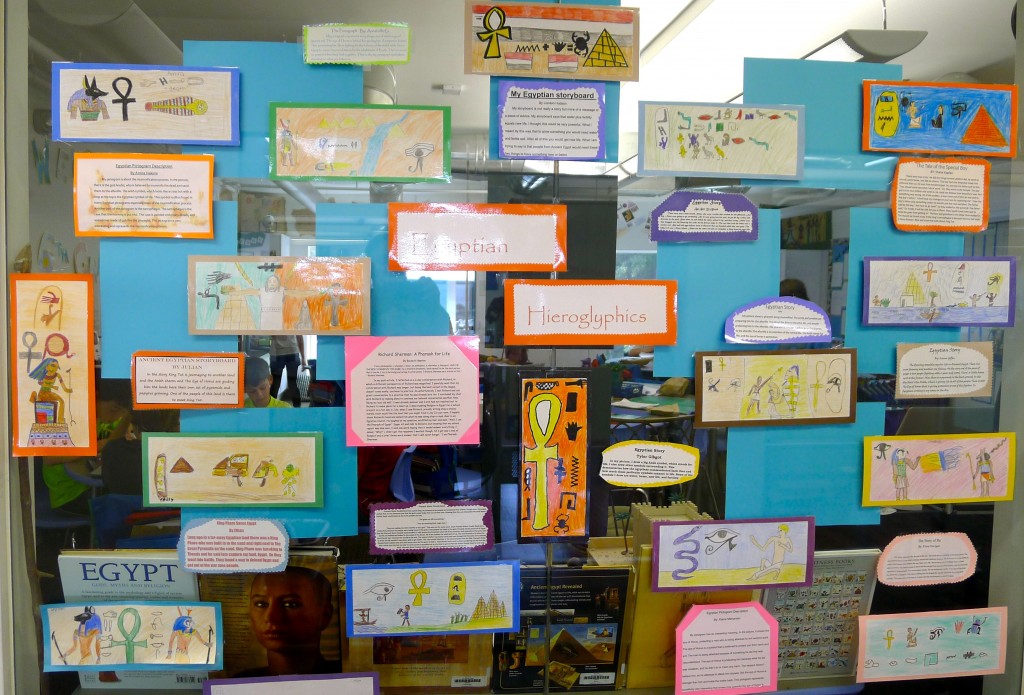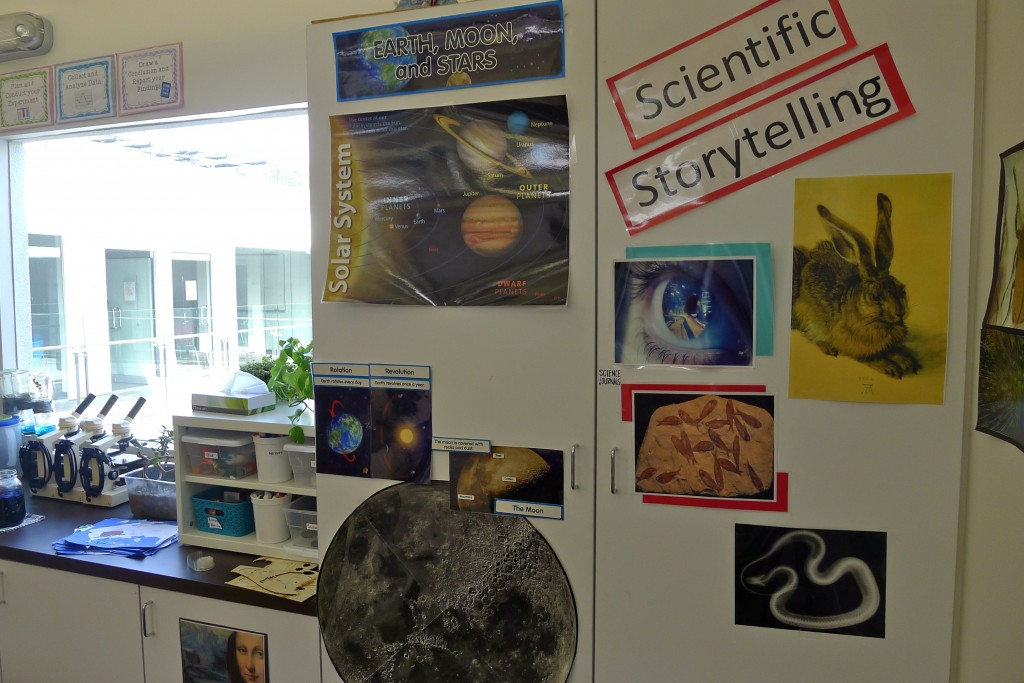A really good article, Our Push For Passion and Why It Harms Kids by Lisa Endlich Heffernan, in the New York Times argues that parents are pushing our kids to find their “passion” very early and it’s getting in the way of kids finding their true interests. It is all driven by the college admissions process, the author argues, which seeks kids who are passionate about their interests. Well-rounded, it appears is a less desirable quality. Dabbling is even less impressive.
So what does all this focus on helping your kid find his/her true passion mean when it comes time to apply to private schools? What do years of sports, arts, camp and music mean? What if your kid hasn’t discovered his/her passion by middle school?
Here’s what I’ve learned. Private schools want kids who do “stuff”. By that I mean, kids who enter middle school ready to audition for the school play, sign up for softball, play in the orchestra and so on. Private schools need to fill their programs with kids who excel in various activities. The head of the drama department at any private middle or high school needs theater kids who have talent. So does the dance department. The band director must have kids who play violin and trumpet. If the school has a fencing team or a field hockey team, what would happen if nobody signed up or tried out for the team? Schools use the admissions process to make sure that doesn’t happen.
So, what do schools do to fill their programs with the kids who have demonstrated passion and/or talent in a specific area? They leave a lot of space on the written application for the parent and the kid to write about the kid’s interests. That blank page is what needs to be filled with extracurricular activities. During the interview, kids are asked about their interest in the activities they’ve listed on the application. If sports is one of them, the athletic coach may get involved in the admissions process. You’ll see the male ballet dancer who gets in everywhere or the robotics champ who every school wants. Of course, there will always be star athletes who are recruited at the high school level.
But, where does it leave kids who don’t have a deep, demonstrated passion in one or two areas? What do they write on that blank page? I have a daughter who entered middle school without a deep passion, but instead with interests she wanted to pursue. She does not play sports. She plays guitar and wanted to auction for the Viewpoint jazz band, so that’s what she talked about during the admissions process. She had never played in a jazz band, but she had played with a local music school in Silverlake. She loves to write so she wanted to take the school newspaper elective. These were her interests, but not deep, obsessive passions. I’m not sure if she’s found her passion yet. What she has found is a school that offers a wide variety of activities for her to participate in. Next year, for 9th grade, she’s picked school newspaper and photography and she wants to do yearbook in 10th grade.
The admissions process requires you (and your kid) to create a direct link for the school to see between your kid’s experience/interest/passion and what the school offers. If you kid is a concert violinist, that shouldn’t be difficult. If your kid has dabbled in a few activities, but wants to try lots of things, point out the activities the school offers that he/she is enthusiastic about trying.
I have a son who is undeniably passionate about sports. He’s played soccer and basketball since he was little. These two sports are his deep interest, passions, obsessions. So, his application reflected those interests and experiences. It wasn’t a stretch to talk about the competitive tournaments, the positions he plays and how he wanted to play on Viewpoint school teams. He also loves math and has always demonstrated a very deep interest, so trying out for the math team could be an option next year. For the first time, he’s played a musical instrument. Who knew he’d enjoy the trumpet so much?
It is harder to talk about what your kid will do than what they plan to do. It is easier to write an application filled with things your kid has already accomplished. Of course, when parents are paying $30K per year, they want their kids to be able to participate in their chosen sport or activity. Private schools encourage participation up to a point, when competition edges out some kids. Then, they are encouraged to find another activity. A quick pivot, guided by parents, ensures a new passion will emerge almost overnight. “She’s no longer doing musical theater, it’s now field hockey,” said a mom I know. None of us want kids who lack interest in anything and who are uninvolved. I’m trying to guide my kids to take advantage of great opportunities, but not insist they create fake interests. To force an activity on a kid to develop a “true passion” seems unfair and leads to bloated resumes filled with stuff kids resent.
We all know the road to the college is littered with discarded violins, baseball gloves, skis, cellos, swim goggles and hockey gear. What seems like a kid’s passion when they are 10, might change by the time they’re 15.
That’s part of growing up. Or at least it should be.
Like Beyond The Brochure on Facebook!
